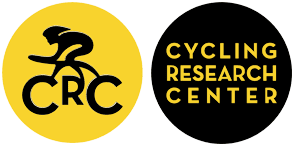Estimating maximal metabolic steady state using critical power
which model is best?
Keywords:
maximal metabolic steady state, critical power, oxygen uptake kinetics, maximal lactate steady stateAbstract
It has been advocated that critical power (CP) should be considered the gold standard to determine the maximal metabolic steady state (MMSS). However, the choice of the model affects the estimation of CP. The purpose of this study was to investigate which of the models, exponential (CPexp), 3-parameter hyperbolic (CP3-hyp), 2-parameter hyperbolic (CP2-hyp), linear (CPlinear), and inverse of time (CP1/time), estimates MMSS best. Eleven male participants (Age: 31±11 years, Body mass: 70.5±5.6 kg) performed three time-trials (12-, 6-, and 3-min long) to determine CP from the five models. On three subsequent visits, participants cycled for 30-min, or until task failure, at the CP estimated by each model. CPexp estimated the highest CP (303 ±69 W), followed by CP1/time (272 ±66 W), CPlinear (270±64 W), CP2-hyp (266 ±65 W) and CP3-hyp (262 ±63 W). Oxygen uptake (VO2) stabilised at a significantly lower value than peak VO2 (VO2peak) during exercise at CPlinear, CP2-hyp, and CP3-hyp (94±5%, p=.041; 87±4%, p<.001; 86±4%, p<.001, respectively). VO2 stabilisation was not significantly different to VO2peak during exercise at CPexp and CP1/time (98±2%, p=1.000; 94±6%, p=.130, respectively). For all conditions, VO2 did not increase significantly after stabilisation (p=1.000). Rate of perceived exertion significantly increased over time during exercise at CP1/time (p < .001) and CPlinear (p=.006) but was unchanged between minute 15 and end-exercise during CP2-hyp (p=.762) and CP3-hyp (p = .569). Lactate increased significantly in the last 10, 15, and 20 minutes of the exercise for all models. No model had an increase of ≤1mmol·L-1 from minute 10 to 30. These results suggest that CP2-hyp or CP3-hyp should be favoured when CP is used to assess MMSS.
Downloads
Published
How to Cite
Issue
Section
Copyright (c) 2021 Journal of Science and Cycling

This work is licensed under a Creative Commons Attribution-NonCommercial-NoDerivatives 4.0 International License.
Authors contributing to Journal of Science and Cycling agree to publish their articles under a Creative Commons CC BY-NC-ND license, allowing third parties to copy and redistribute the material in any medium or format, and to remix, transform, and build upon the material, for any purpose, even commercially, under the condition that appropriate credit is given, that a link to the license is provided, and that you indicate if changes were made. You may do so in any reasonable manner, but not in any way that suggests the licensor endorses you or your use.
Authors retain copyright of their work, with first publication rights granted to Cycling Research Center.






